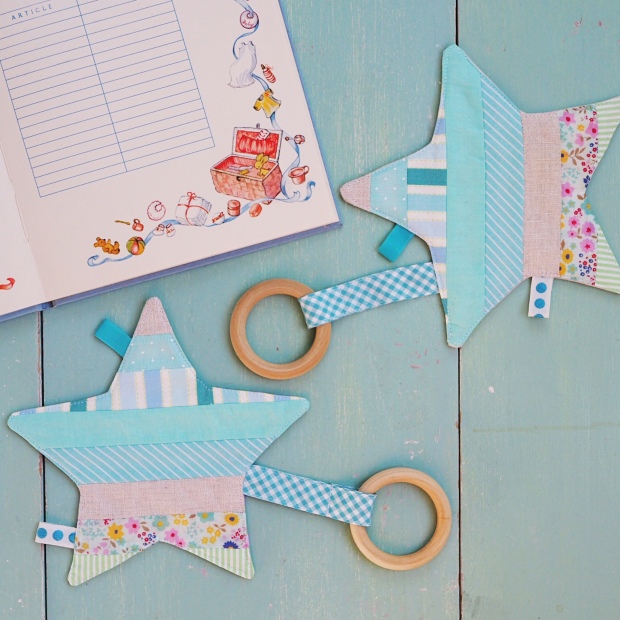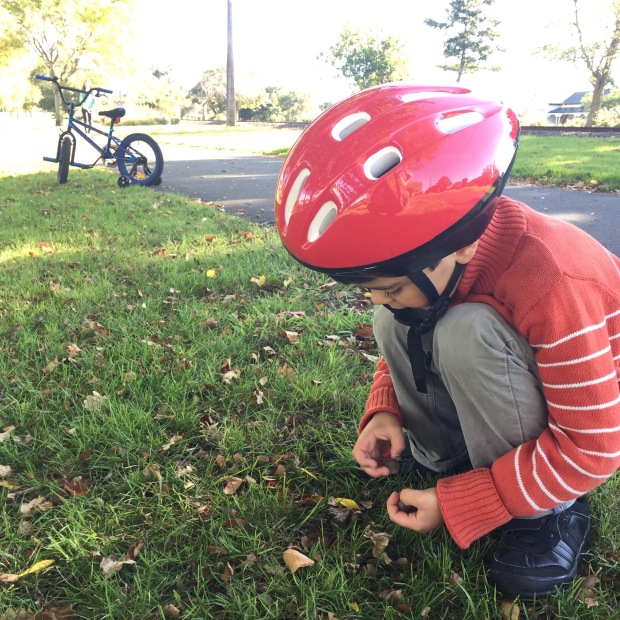
30/100
[scroll dow for English]
Hoje de madrugada partilhei no Instagram e no Facebook esta fotografia do nascer do sol visto da porta da minha cozinha. Foi uma partilha espontânea: não editei a imagem e escrevi simplesmente que, de há uns tempos para cá, comecei a deitar-me cada vez mais cedo e, consequentemente, passei a acordar por volta das 6h-6.30h sem esforço e sem despertador.
A reacção de quem me segue naqueles canais foi imediata e tão pessoal que fiquei a pensar que se calhar deveria escrever um post mais detalhado sobre este assunto.
Durante os meus 20s eu era uma pessoa de me deitar tarde. Lembro-me de que, quando tive a primeira experiência de viver sozinha (durante o Erasmus em Paris), me deitava frequentemente às 2h-3h da manhã. Mais tarde, de volta a casa do meu pai, o normal era ir para a cama à meia-noite. Quando me casei alterei um pouco este hábito, porque o Tiago começava (e ainda começa) a trabalhar às 8h da manhã e gostava de se deitar por volta das 10h da noite. Mas eu continuava com imensa preguiça de ir para a cama.
Já estão a adivinhar o que se seguiu… pois, tive dois bebés e eles alteraram completamente os nossos horários. Passámos a seguir o regime britânico (e neozelandês) de deitar as crianças às 7h-7h30 da tarde (cá já lhe chamam noite… é curioso como a percepção das horas muda em função do países). Eles normalmente acordam por volta das 7h da manhã, idealmente depois de terem dormido 12h. Jantamos todos cedo (lá para as 6h30), eles vão para a cama e nós podemos gozar o serão com calma (há que dizer que todo este cenário idílico nem sempre se verifica).
Claro que estes horários são mais fáceis em países cujas sociedades estão organizadas no sentido de as pessoas começarem a trabalhar cedo e voltarem para casa cedo (o Tiago normalmente chega a casa entre as 5h30 e as 6h da tarde). Mas digo-vos que jantar antes das 8h tem sido uma revelação para mim. Os meus problemas de digestão melhoraram, por exemplo!
Tanta conversa para voltar ao assunto de deitar cedo e cedo erguer. Eu preciso de dormir 8-9h por noite. Se durmo menos, o dia não me rende nada. Por outro lado, sou uma pessoa bastante introvertida e preciso de momentos tranquilos antes de a confusão do dia começar. Descobri que acordar cedo e tomar o pequeno-almoço sozinha, ouvir os passarinhos e ler um bocado me traz imensa serenidade e torna o meu dia melhor. Mas, para isso, tenho mesmo de me impôr a disciplina de deitar-me cedo, idealmente por volta das 9h da noite. E acreditem que todas as noites tenho de vencer a resistência de ir para a cama…
Sei que este não é um assunto incrivelmente excitante, mas acho que é importante conversarmos sobre isto. Vivemos numa sociedade de pessoas extraordinariamente estimuladas e cansadas. O simples facto de dormirmos o suficiente pode aumentar radicalmente a nossa qualidade de vida. E é uma terapia que não custa dinheiro nenhum!
Como em tudo, não é preciso ser fundamentalista. Há noites especiais, e é saudável que elas continuem a existir. Mas, a meu ver, devem constituir a excepção e não a regra. A verdade é que, no dia-a-dia, muitas vezes esticamos a noite sem que ganhemos nada com isso. Mais um episódio – mais um capítulo – mais uma notícia…
Se esta ideia de encarar o sono como prioridade vos intriga mas acham que não é para vocês, assistam a esta curta palestra. Se continuarem cépticos, leiam o livro The Sleep Revolution.
E se não quiserem saber de palestras nem de livros nem de estudos científicos, ouçam simplesmente a sábia voz do povo:
Deitar cedo e cedo erguer dá saúde e faz crescer.
***
Earlier today I shared on Instagram and Facebook this photo of the sunrise viewed from my kitchen door. It was a spontaneous share: I didn’t edit the image and I simply wrote that recently I’ve started to go to bed earlier and, consequently, have started to wake up around 6-6.30am with no alarm and no effort on my part.
People’s reactions were so immediate and personal and this got me thinking that maybe I should address this topic on a more detailed blog post.
All through my 20s I was a bit of an owl. I remember that when I first lived all by myself (during Erasmus in Paris) I used to go to bed at 2-3am. Later, when I came back to my dad’s home, I shifted to midnight. When I got married I altered my habits again because Tiago used to (and still does) start work at 8am (in Portugal that’s considered an early start), so he went to bed at around 10pm. But I still felt a strong reluctance to go to bed at that time.
I’m sure you’re guessing what comes next… yes, I had two babies and they completely shifted our schedule. We started following the British (and Kiwi) regime of putting children to bed at 7-7.30pm (this still is an absolute shocker to my Portuguese friends and family). They’ll usually wake up around 7am, ideally after having slept 12 hours. We’ll all have dinner early (around 6.30), then the kids will go to bed and Tiago and I will get to spend a quiet evening together (of course there are those days when things don’t go as planned).
It goes without saying that this schedule is much easier in societies where people start and leave work early (Tiago will typically arrive home at 5.30-6pm). I must say that having dinner before 8pm has been a revelation for me. If nothing else, my indigestion issues are much better!
All this rambling to get to the point of early to bed and early to rise. I need to sleep 8-9h a night. When I sleep less, my day will be challenging. On the other hand, I’m quite the introvert and I need some tranquility before the day starts. I’ve discovered that if I wake up early, have breakfast alone, listen to the birds and read for a while, I’m more serene and my day is much better. But, in order to do that, I must have the self-discipline of going to bed at around 9pm. Believe me, each night I’ve got to force myself to do it…
I know this isn’t the most exciting of topics but I think it’s a really important one. We live in a society of people who are incredibly stimulated and exhausted. The simple fact of getting enough sleep can radically increase our quality of life. And this therapy is free!
As always, there’s no need to become fundamentalist about it. There are special occasions and it’s healthy that they keep on existing. But I think they should be the exception, not the norm. So often we postpone our bedtime for no good reason. Just another episode — another chapter — another piece of news…
If this idea of making sleep a priority intrigues you but you believe it’s not for you, check out this short talk. If you still feel sceptical, I suggest you read the book The Sleep Revolution.
And if you don’t care about talks or books or scientific studies, just listen to the wise proverb:
Early to bed and early to rise makes a man healthy, wealthy and wise.





























































